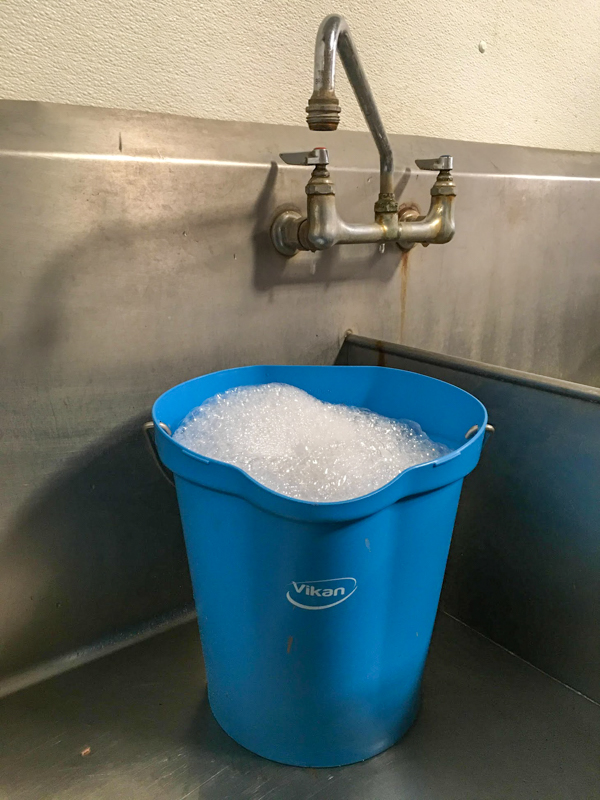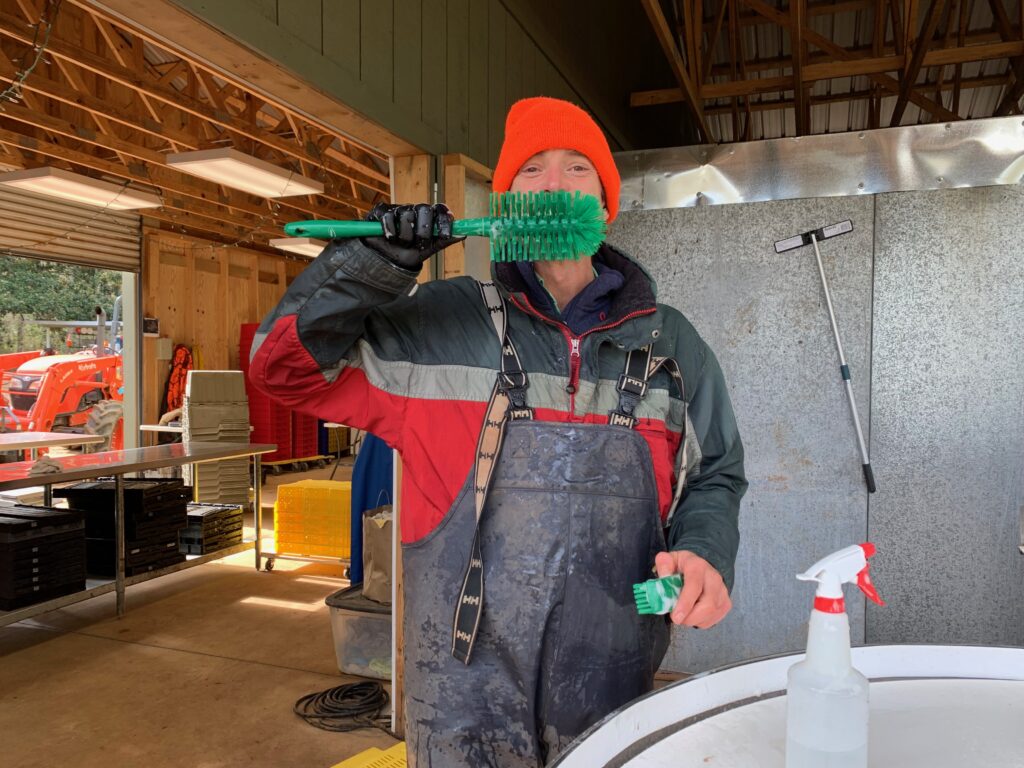As part of our SCRUB Project, we have been demonstrating a wide range of Cleaning Tools for Produce Farms, on-farm with growers. This has opened up the question, “Which one(s) should I buy for this specific cleaning task?”
Based on our experience and feedback from partner farms, here are some of our favorites that we’d recommend for specific cleaning tasks. All names of the Vikan UST brushes listed in this post were taken directly from Remco’s Online Catalog.
Color Coding Tools
A helpful best practice for organizing cleaning tools is to use color coding and keep tools meant for different purposes in designated storage areas. The 5 core colors commonly available for cleaning tools are: red, green, yellow, white and blue. Select tools are available in additional colors.
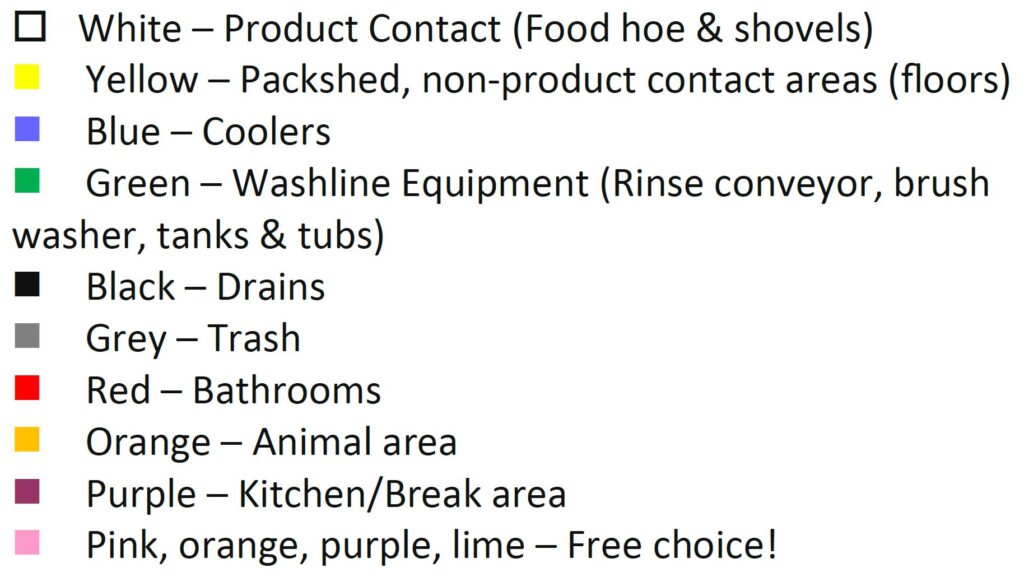
General Cleaning Brushes For Most Tasks
People have hands of different sizes. We found different people prefer preferred differently shaped brushes. Most of these work well for a wide range of cleaning tasks.
- Small Hand Brush
- Round Hand Brush
- Short Handle Utility Brush
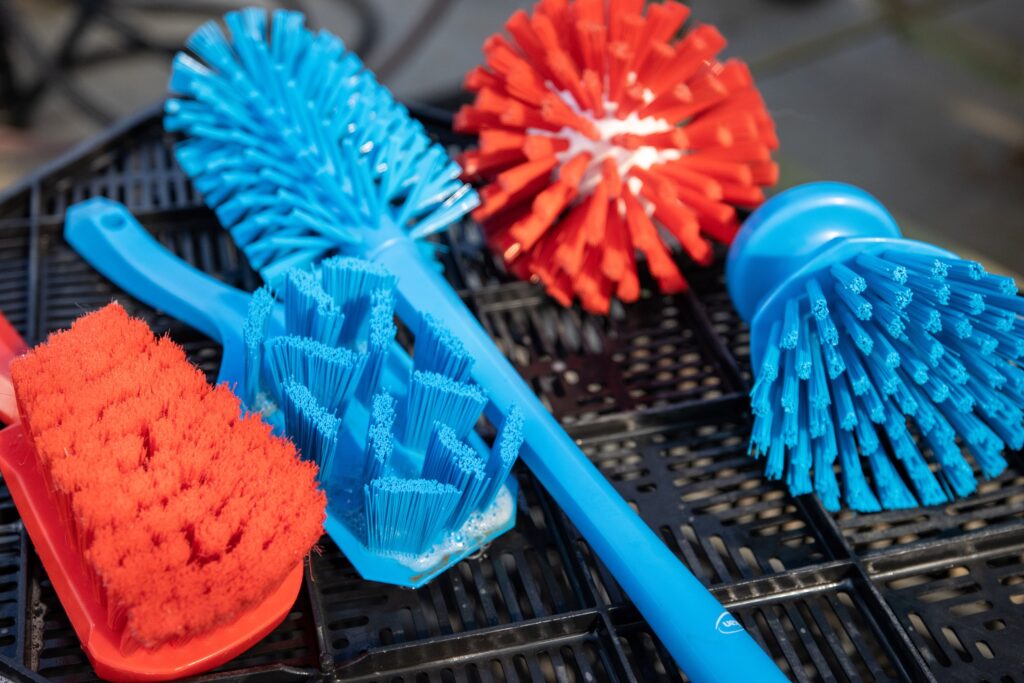
Harvest Crates
Favorites:
- UST Short Handle Brush
- UST Medium Bench Brush or Narrow Utility Brush
- Extra-Large Hand Brush
- 3.5″ One Piece Pipe Brush
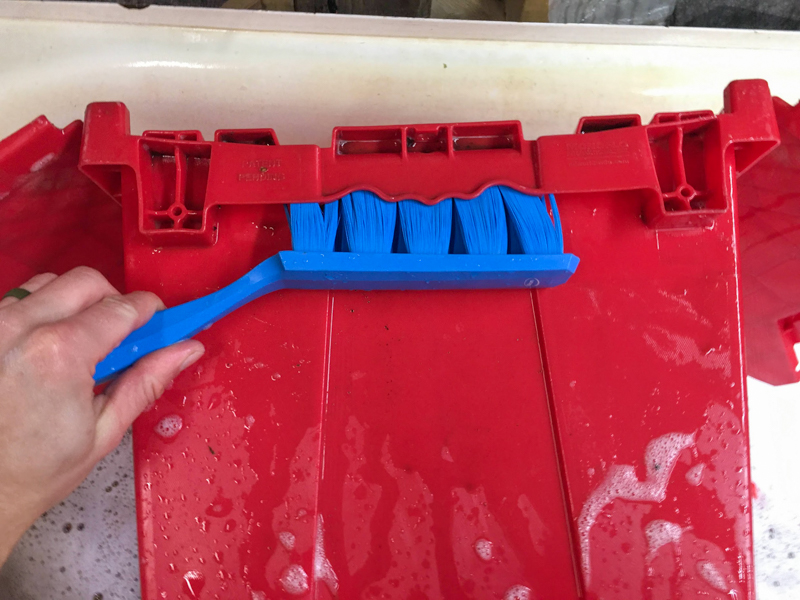




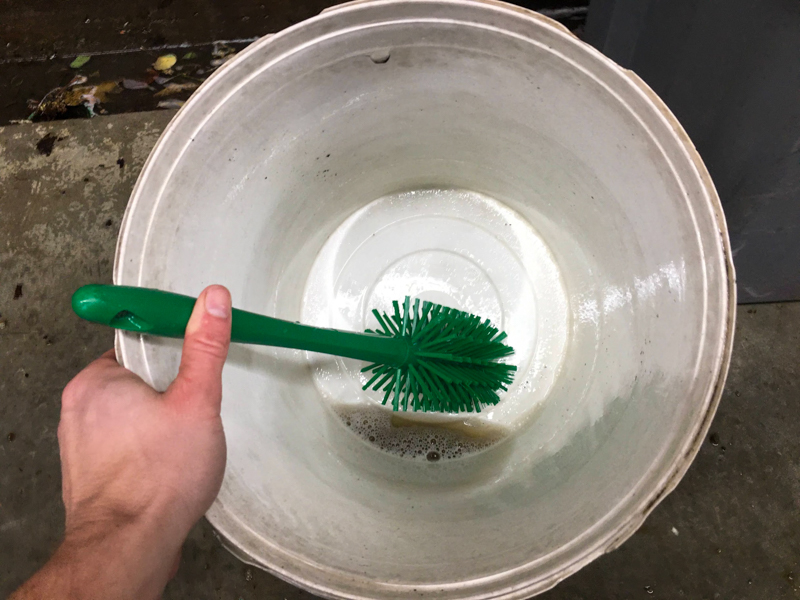
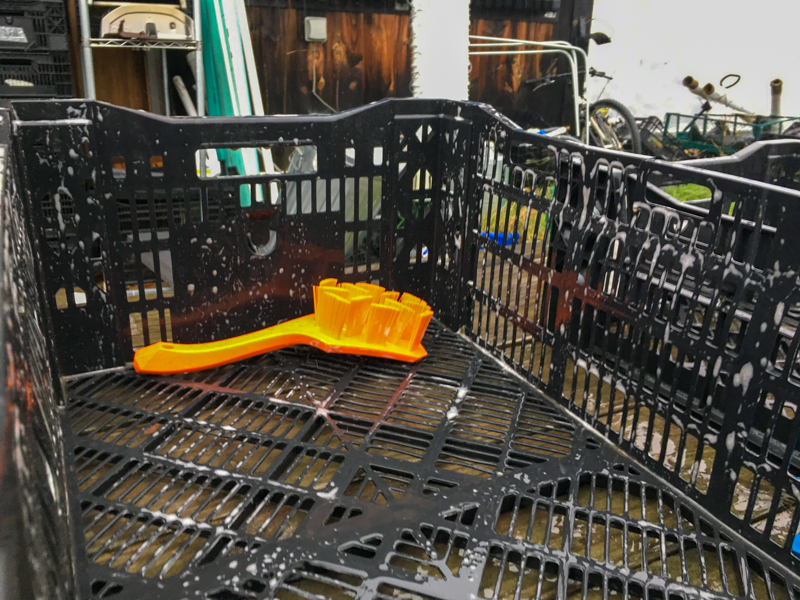
Pallet Bins
Favorites:
- Medium Tank Brush
- Ultra Hygiene Polypropylene handle shown. Aluminum would also work well for cleaning with most detergents, but check on material compatibility with aggressive detergents and sanitizers.
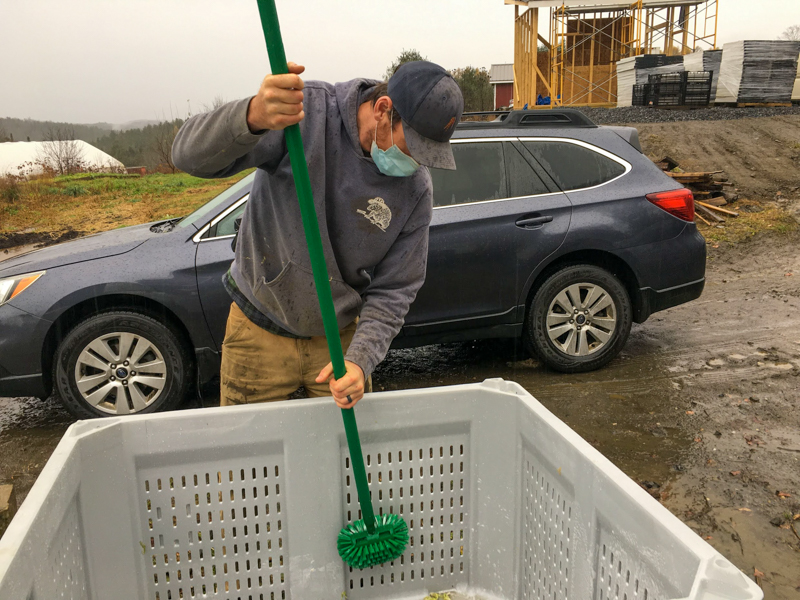
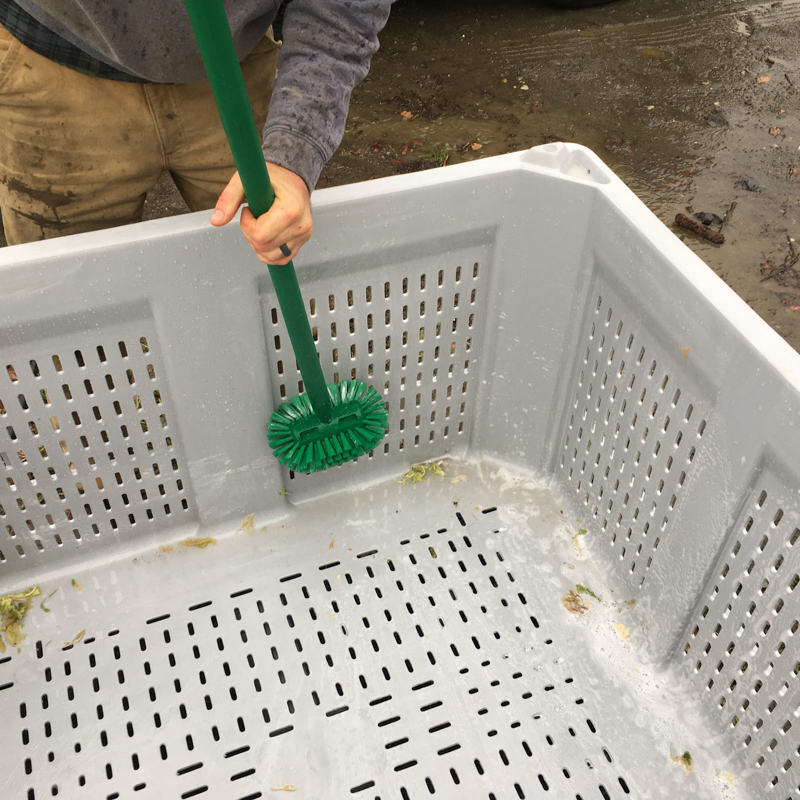
Sinks and Tables
Favorites:
- Short Handle UST Brush
- 10” Single Blade Ultra Hygiene Bench Squeegee
- Handheld Cleaning Pad holder with Scrub Pad
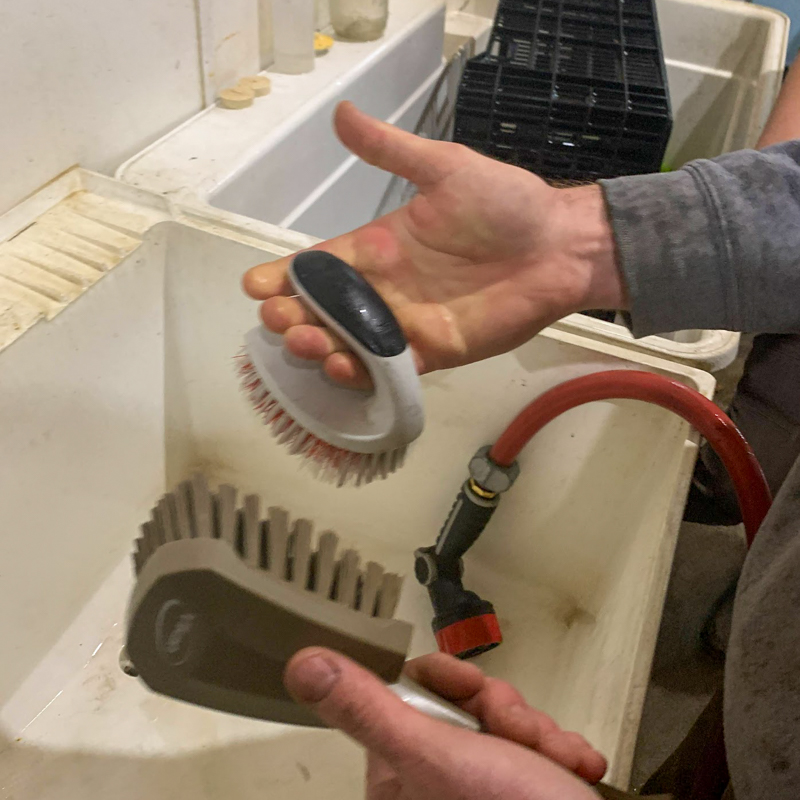
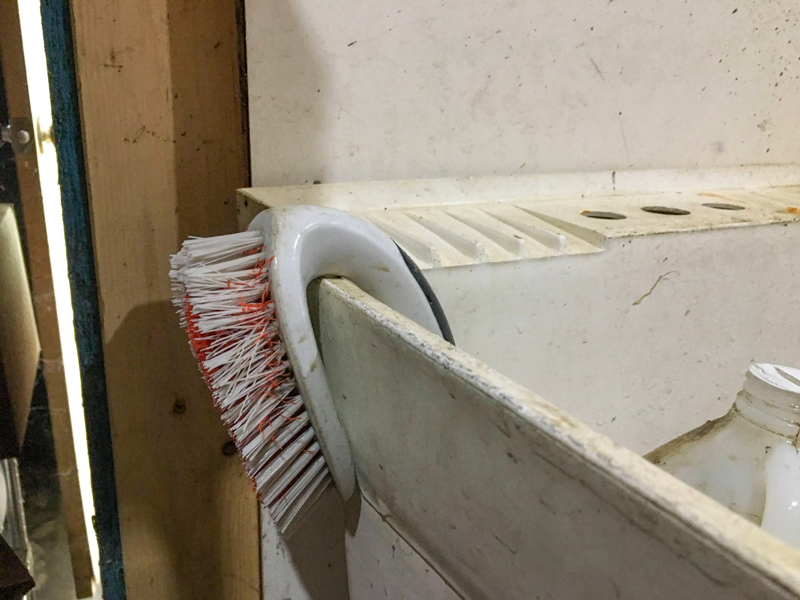
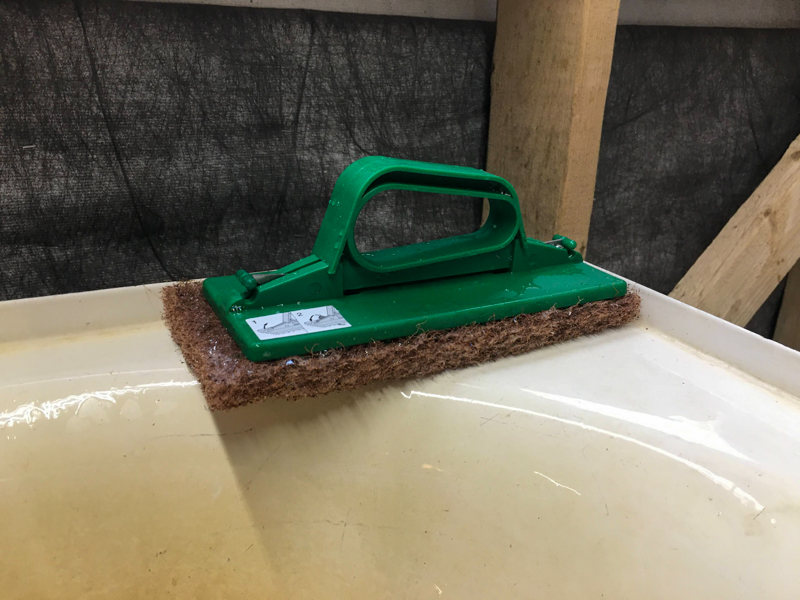
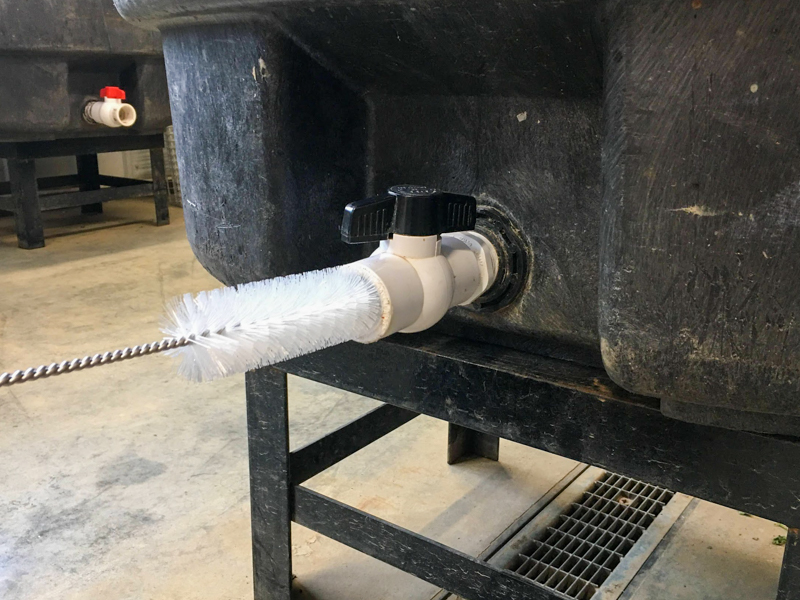
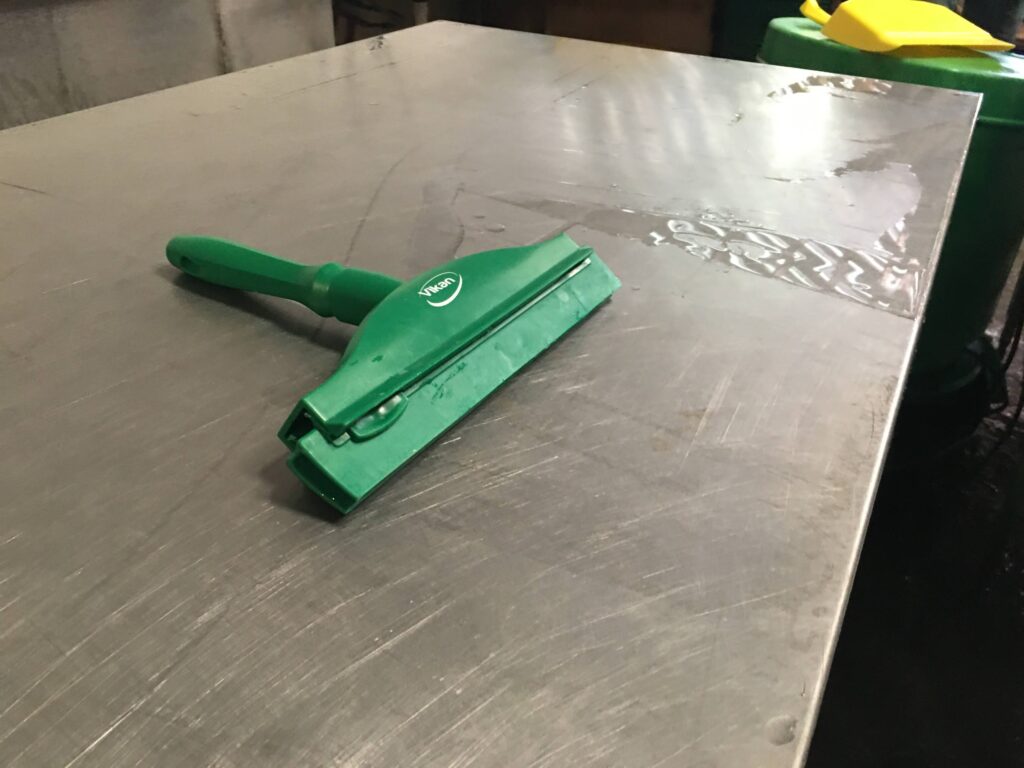
Rinse Conveyor
Favorites:
- UST Long Handle Brush
- Ultra-Slim Wand Brush
- 8″ Bench Scraper
- Transport Brush – Hand Brush with Split/Soft Bristles
- High-Low Brush with Aluminum Handle
- Flexible 2″ Brushtech Pipe Brush [email us for details – coming soon]

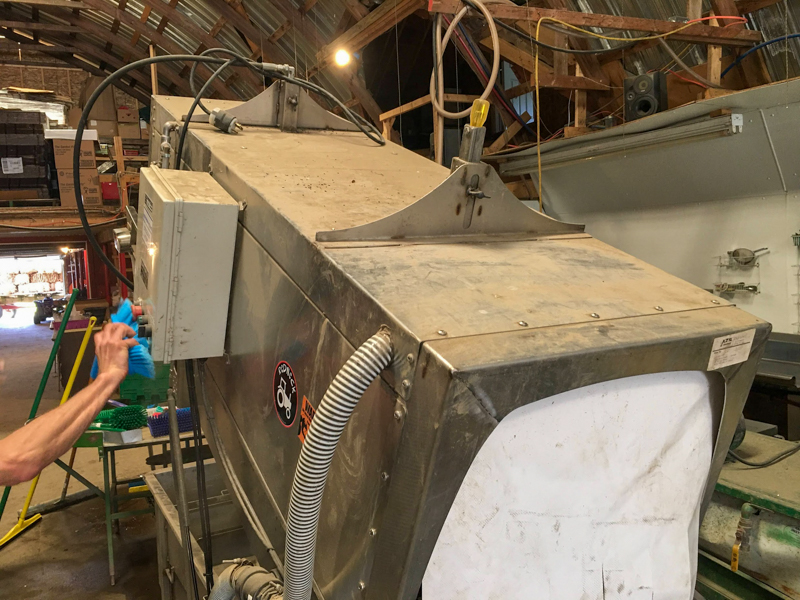
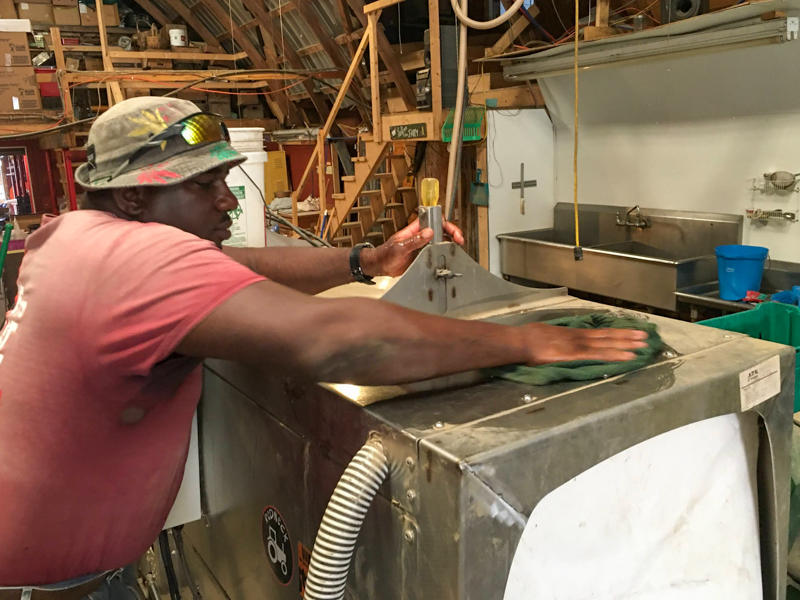
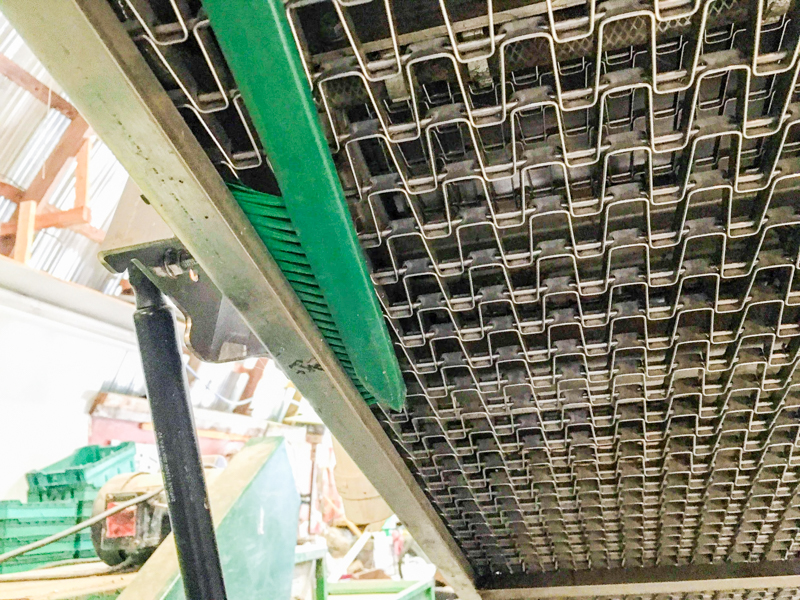


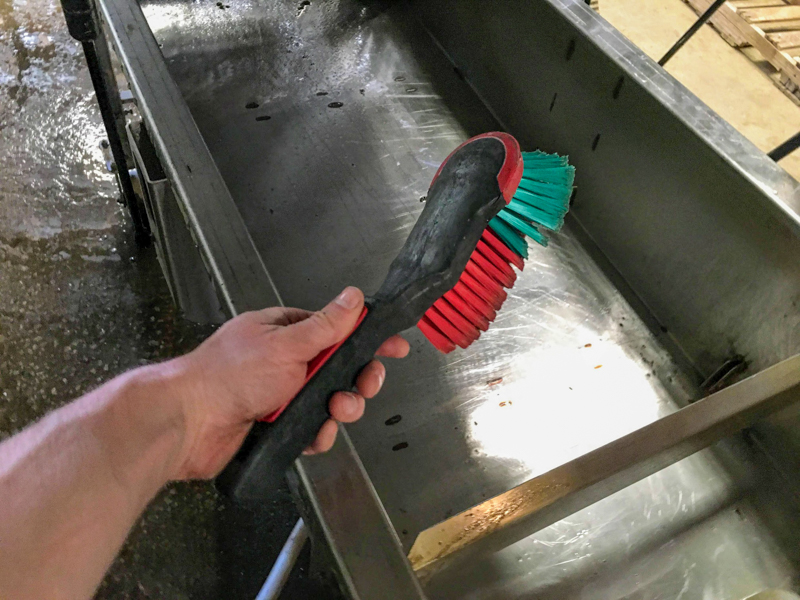
Packshed Area
Favorites:
- High-Low Brush with Aluminum Handle
- 16″ UST Medium Push Broom
- 12″ UST Deck Scrub
- Cleaning Pad Holder with fine scrubbing pad with Ultra Hygiene Handle
- 16″ or 20″ Squeegee
- 3 or 5 Tool Hanger
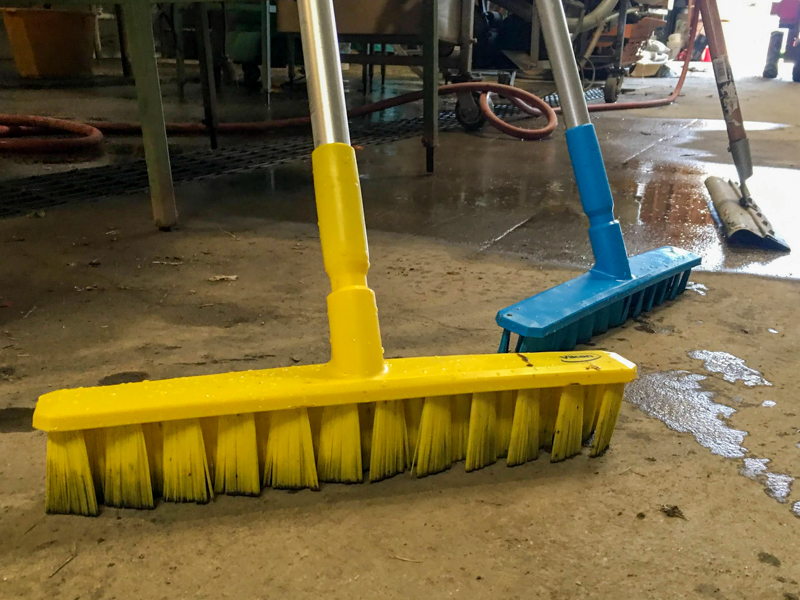
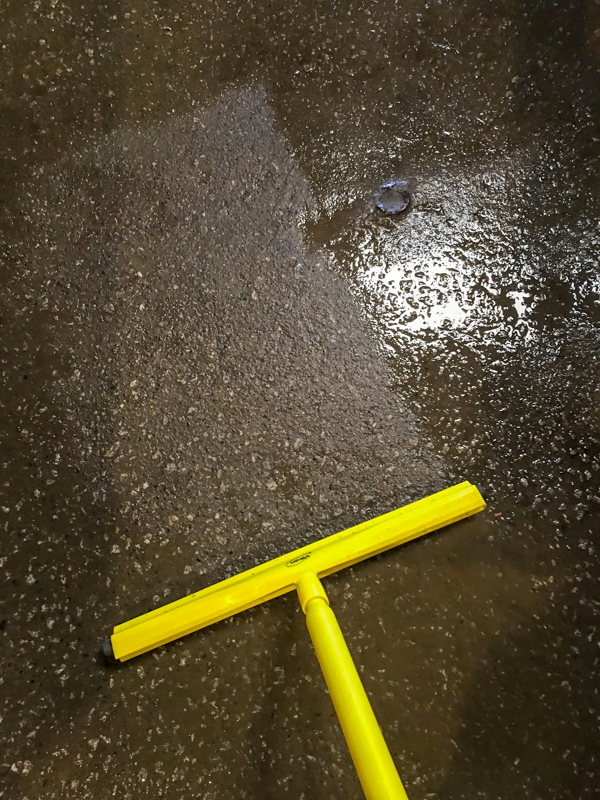
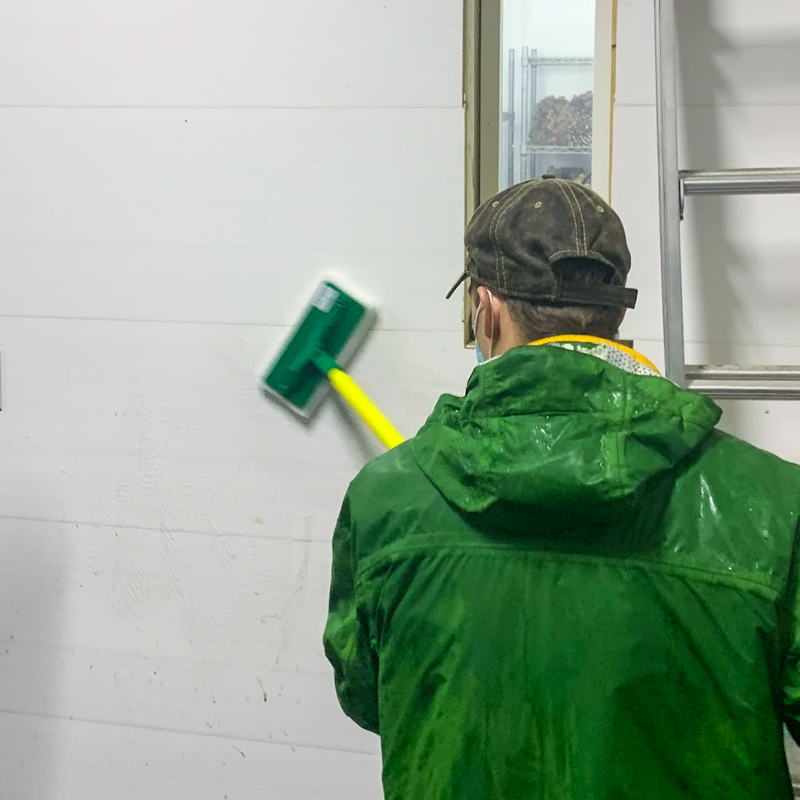


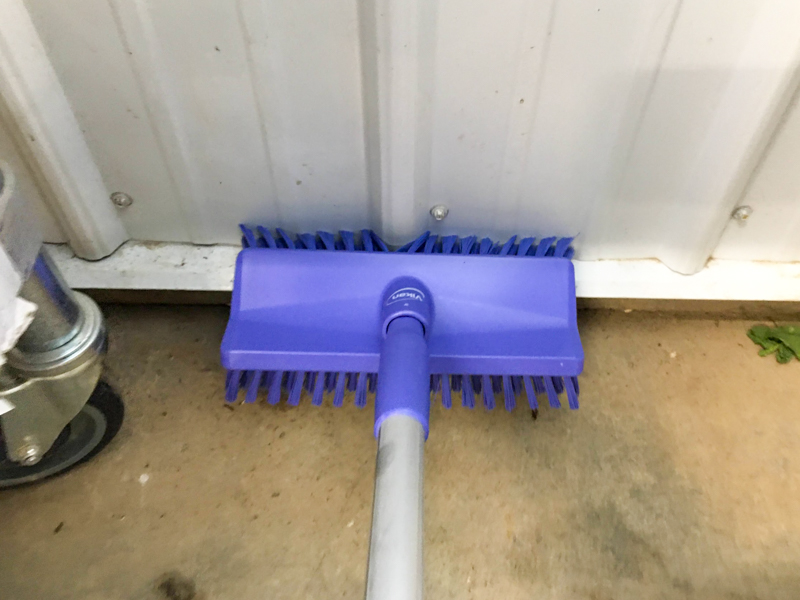
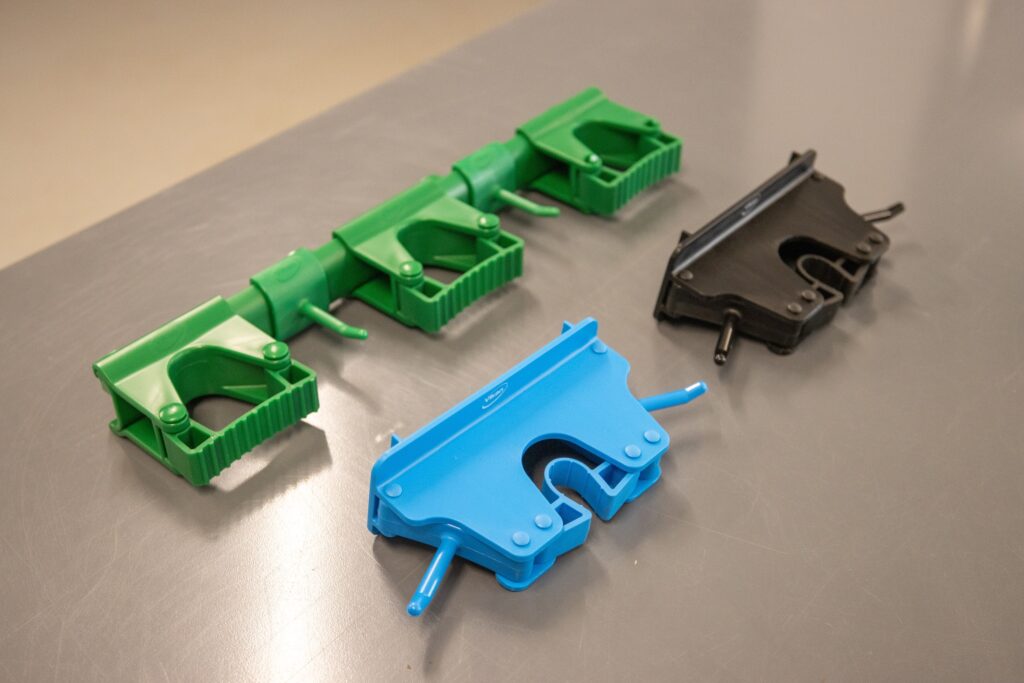
Drains
Favorites:
- Vikan Drain Cleaning Brush
- 5″ Pipe cleaning brush with Ultra Hygiene Polypropylene or aluminum handle.
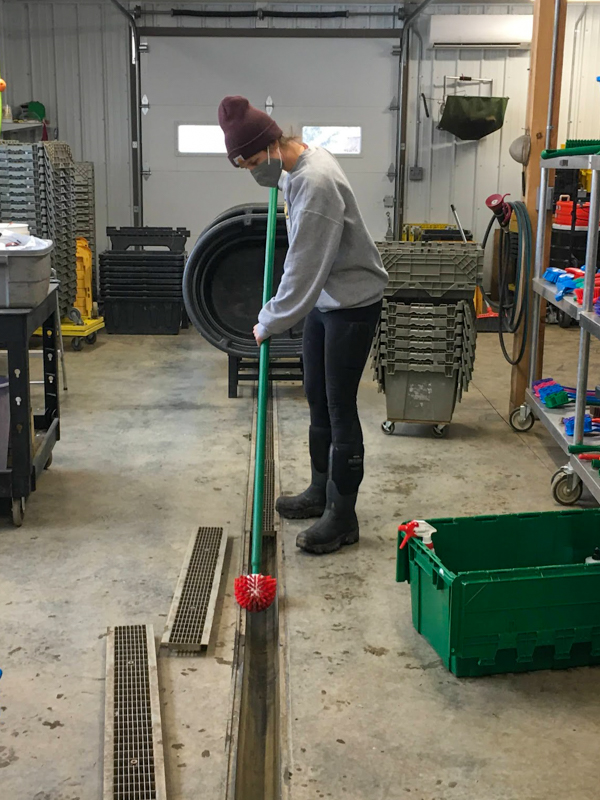
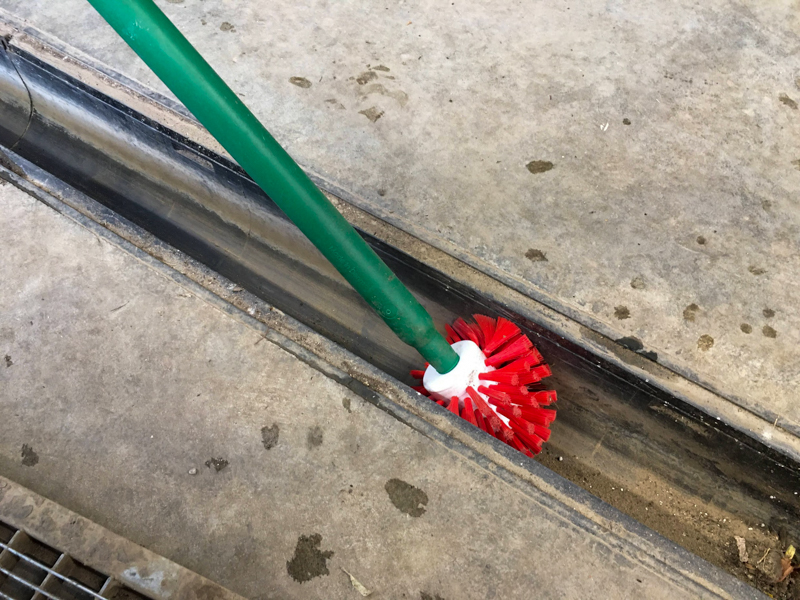
Thanks to the farmers who helped evaluate these tools!

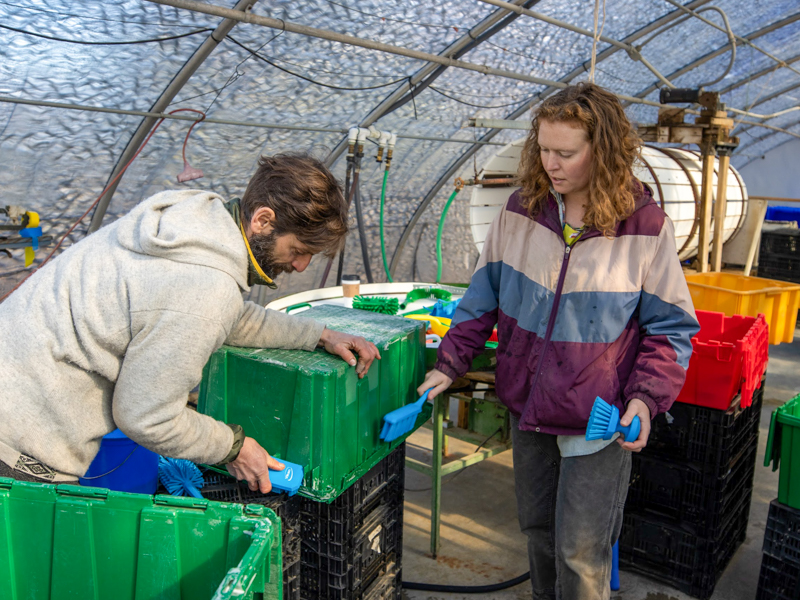
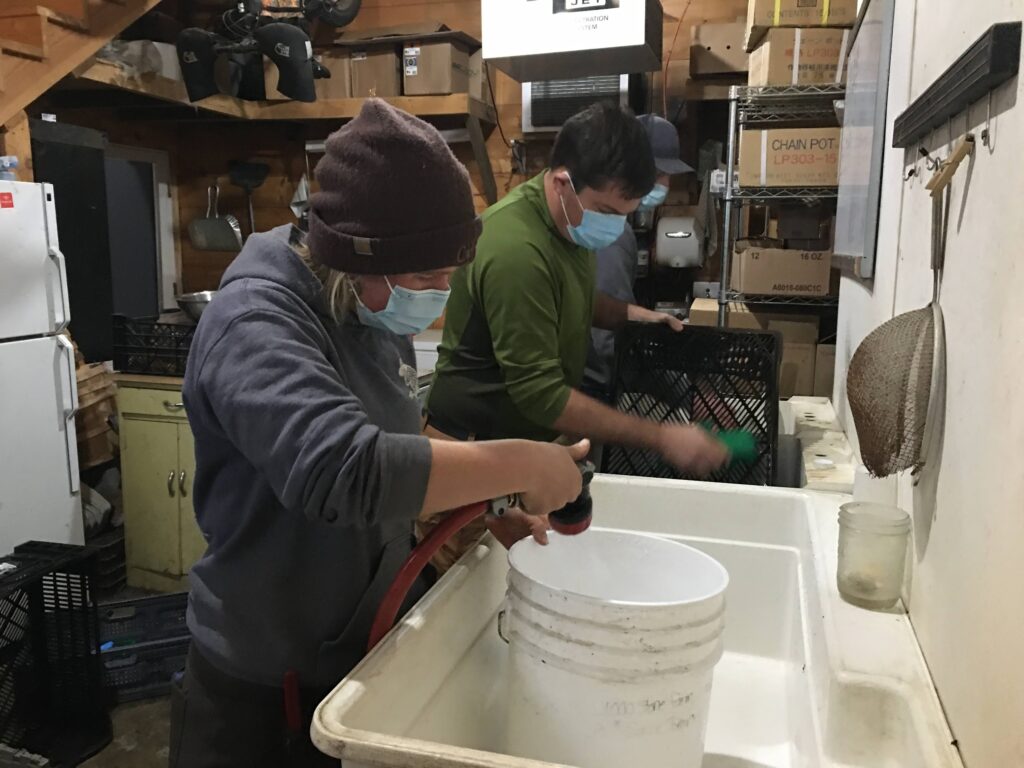
Reviews
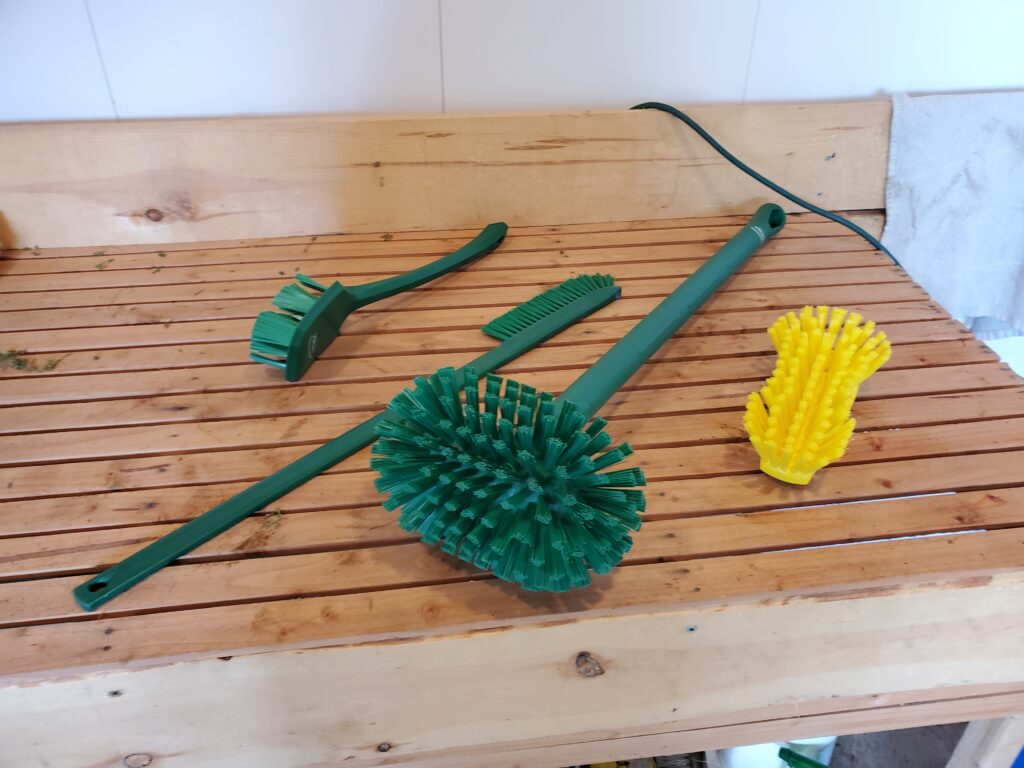
So far I have gotten the most use out of the yellow brush and the smaller green brush. I think the large green brush will be good for scrubbing out large areas like the bubbler or table top. I have not quite figured out where the skinny green brush will be useful.
As far as the yellow one, that one has been great for scrubbing out trays. I use the thicker, more robust trays from Bootstrap farmer, and I find this brush great for scrubbing them out. The smaller green one is a great jack of all trades brush, it gets cell trays clean and works pretty well with just about any type of cleaning. However, if I could only choose one I would choose the yellow one. It has been great for what I needed it for. – Brian Chambers, Farm Manager – Kroka Expeditions
Red, Short-Handled Bottle Brush
This brush is great for getting on the inside of buckets and bins, particularly the corners. The straight handle and 360° of bristles allows for easy scrubbing in tight places, and where an angled handle might limit your movement.
Yellow, Short-Handled Solid Brush
Great for shallow ridges and ribs. We use this for cleaning buckets and containers that have structural plastic ridges. The angled handle and tight bristle pattern are great for surfaces with slightly raised patterns.
Pink, Short Handled Patterned Brush
The spaced out pattern of these bristles makes it great for cleaning buckets or totes with deep ridges, grooves, or holes. The space in-between the clusters of bristles allow the clusters to really get into the gaps, while the clusters provide enough rigidity and abrasion to really clean out dirt and other gunk. We use it a lot for our collapsible IFCO crates, and the handles of our harvest totes.
Single Blade Floor Squeegee
We have two of these. They are great for cleaning up our lightly textured concrete floor of water and grime. The best action for these is pulling which often puts the user standing in the dirty water, but these blades are also the wider of our squeegees which make them more efficient.
Double Blade Floor Squeegee
This squeegee seems better suited for a pushing action, and works well on our lightly textured concrete floor. Pushing the squeegee allows the user to stand behind the cleaning tool, and out of the dirty water.
Half-Round Round Long-Handled Brush
This brush is great for large tanks. We use one to clean out our 150 gallon wash tubs. The long handle allows the user to stand upright while cleaning, and the curved nature of the brush head is useful for getting the corners and curves of the tub. We use a different brush (although same model) to clean out our 80 gallon water/fertilizer tanks on our water wheel. Again, the long handle keeps the user out of the stinky tank and the curved brush head means they can reach all the curved edges easily.
Russell Honderd, Love is Love Cooperative Farm
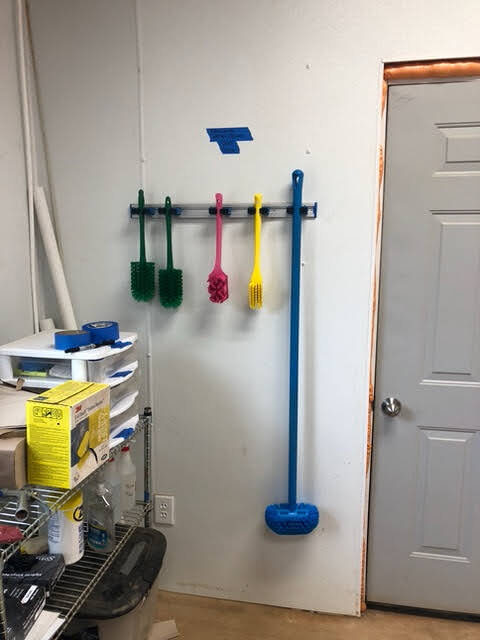
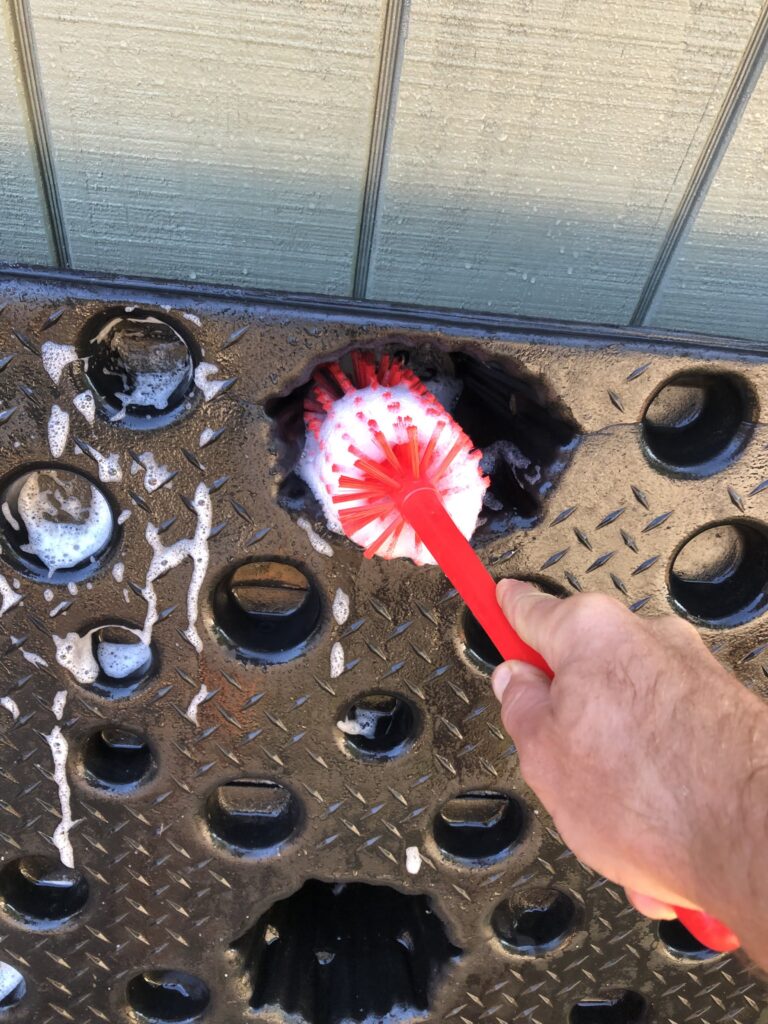
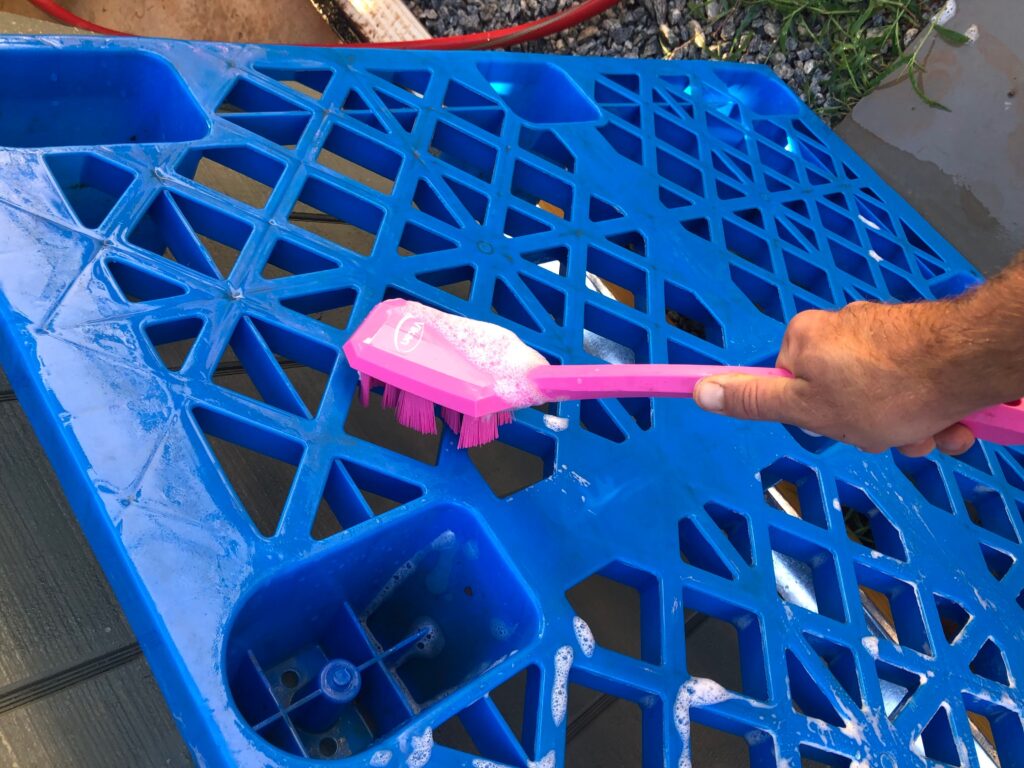
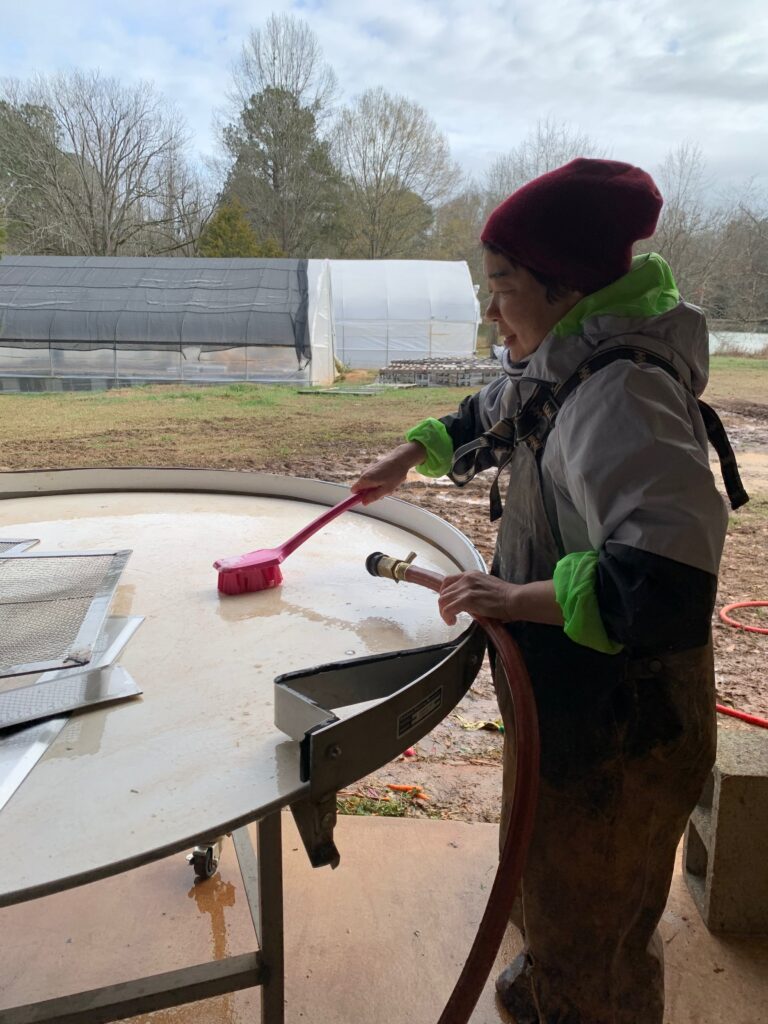
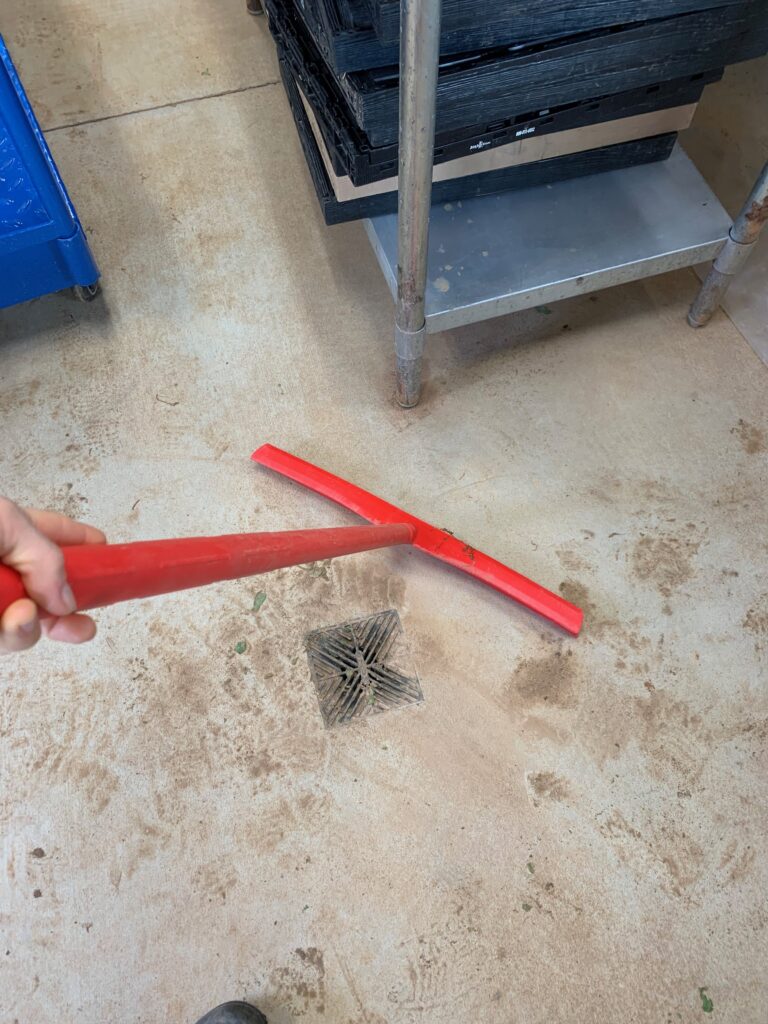
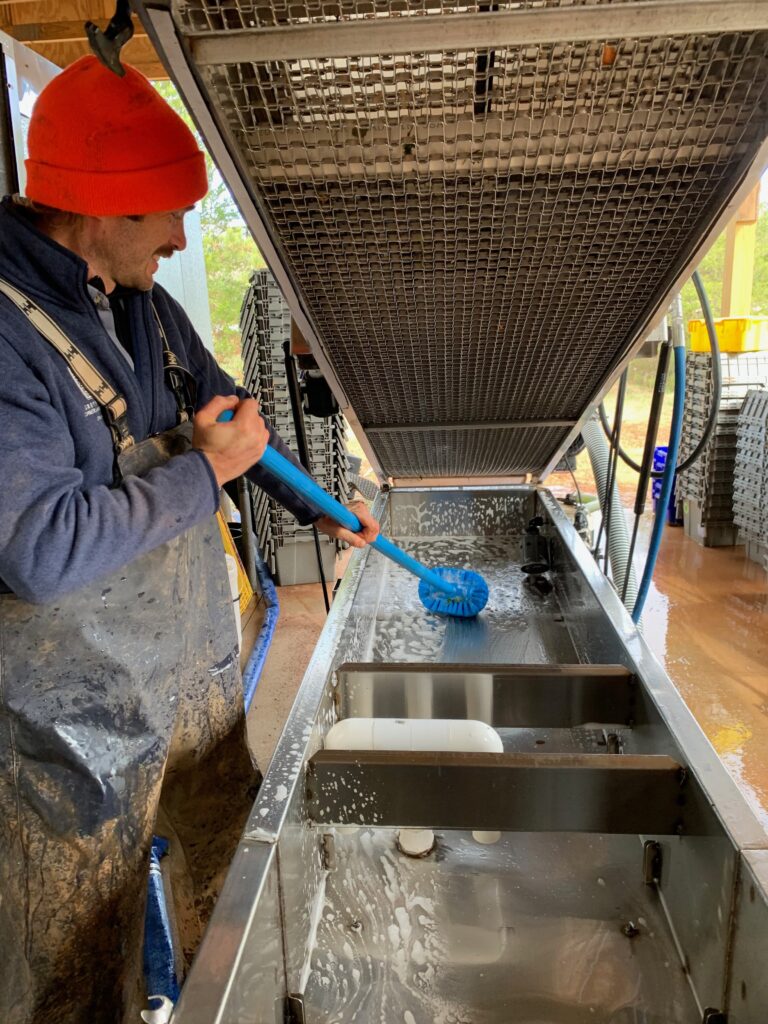
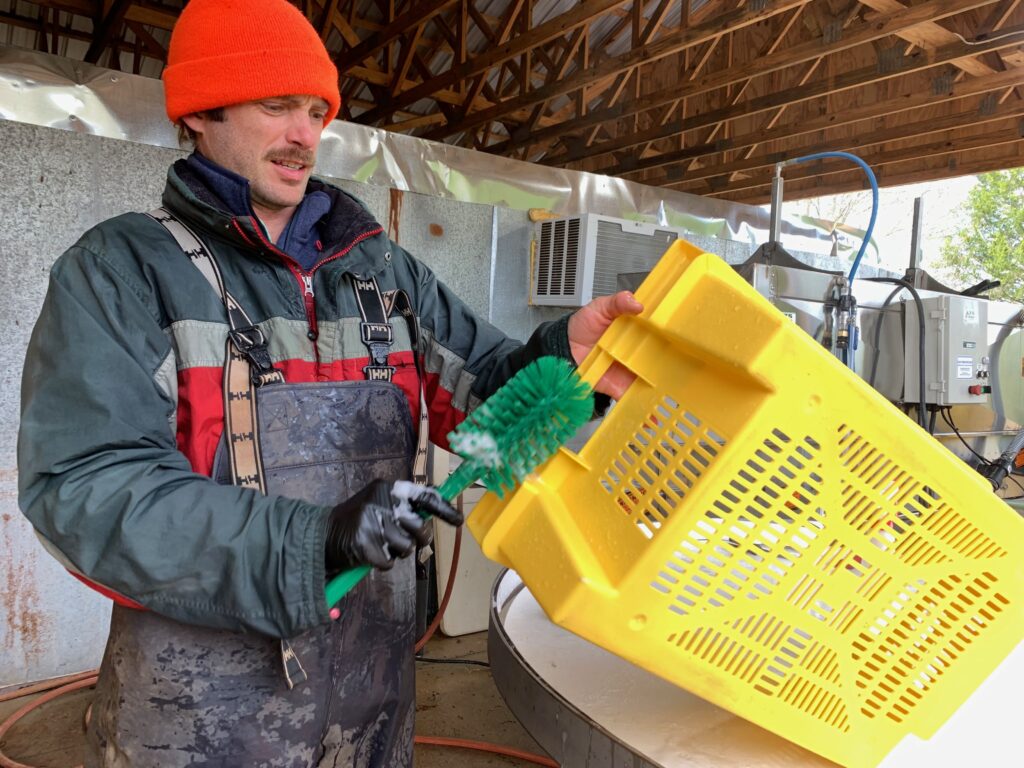
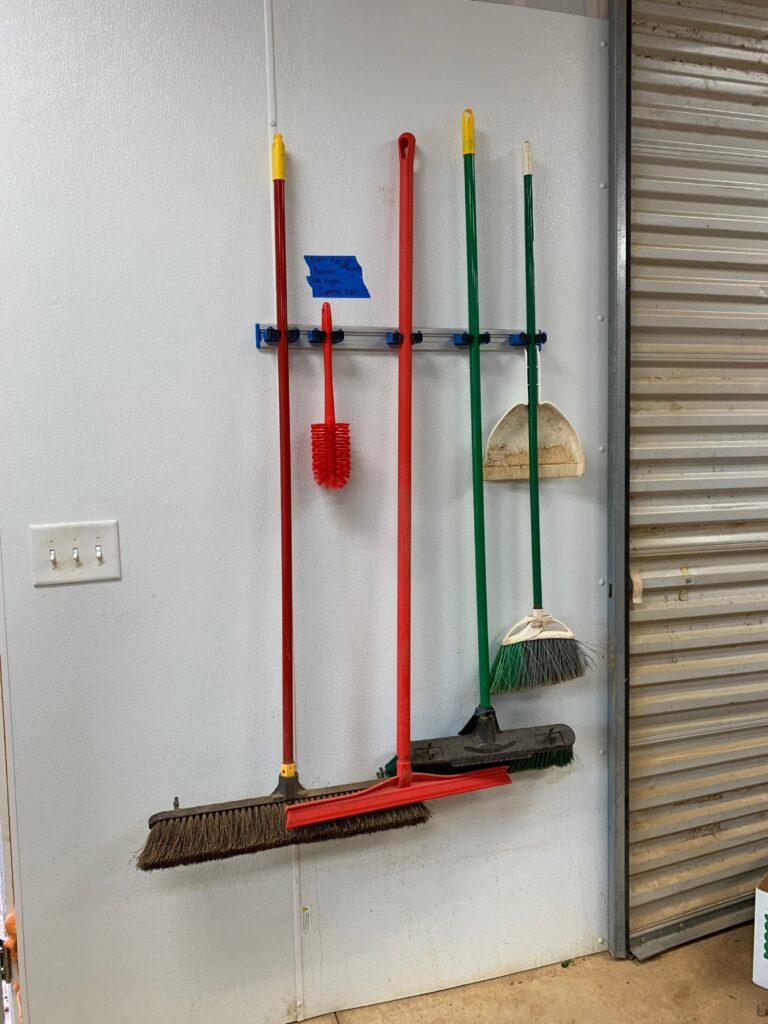
Share This Post
Acknowledgements
This program is led by University of Vermont Extension, the National Farmers Union Foundation, and Cornell Cooperative Extension, as part of the Food Safety Outreach Program. Grant number 2020-70020-33003 from the USDA National Institute of Food and Agriculture. It is offered without regard to race, color, religion, sex, sexual orientation, gender identity, national origin, disability, protected veteran status, or any other category legally protected by federal or state law.
This resource was developed as part of the Food Safety Outreach Program under grant number 2020-70020-33003 from the USDA National Institute of Food and Agriculture and also funded, in part, by the USDA Northeast Sustainable Agriculture Research and Education program through award LNE19-375 and by the Food and Drug Administration through The Vermont Agency of Agriculture Food and Markets via the Integrated Extension Educational Programming in Support of the VAAFM Produce Program Grant 02200-FSMA-2018-01. The views expressed in the publication do not necessarily reflect the official policies of the U.S. Department of Agriculture, the U.S. Department of Health and Human Services or the Vermont Agency of Agriculture; nor does any mention of trade names, commercial practices, or organization imply endorsement by the United States Government or the State of Vermont. It is offered without regard to race, color, religion, sex, sexual orientation, gender identity, national origin, disability, protected veteran status, or any other category legally protected by federal or state law.


